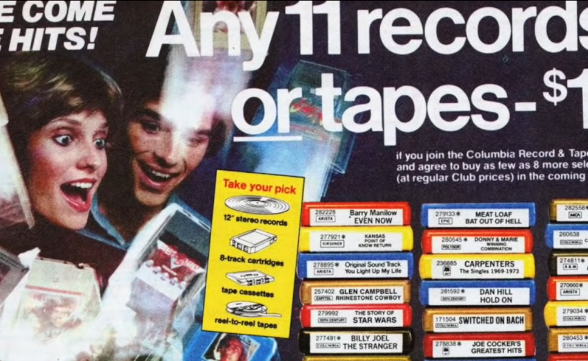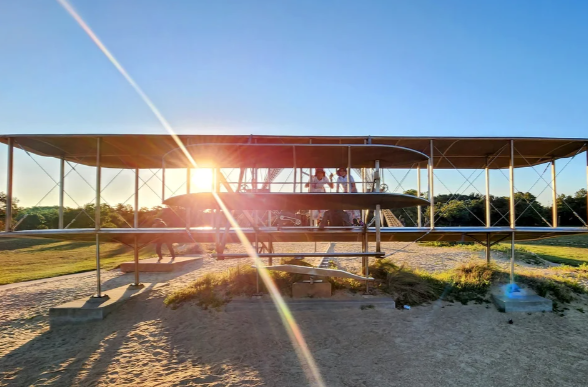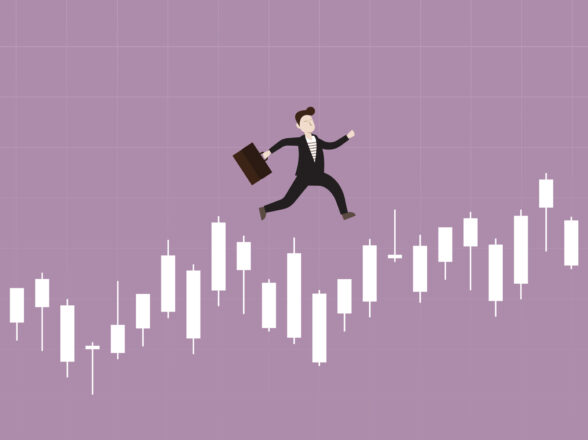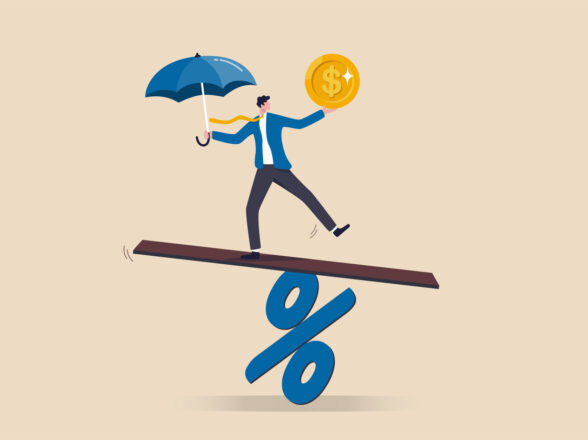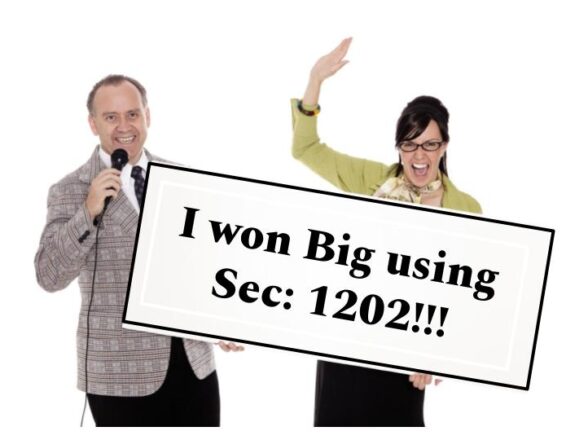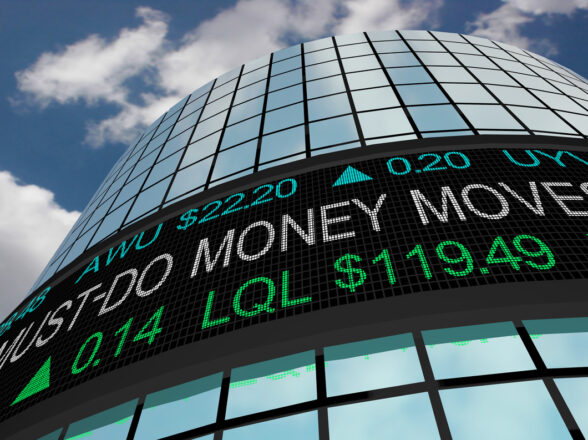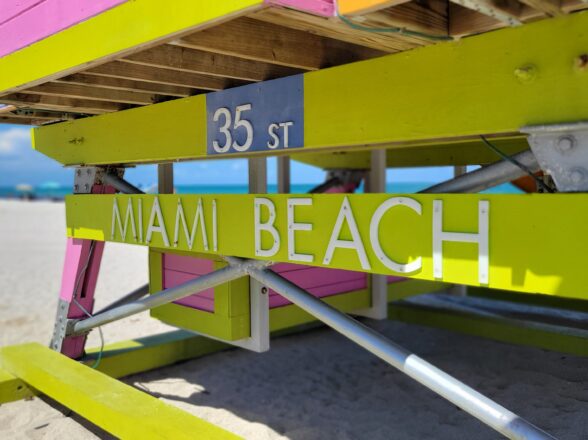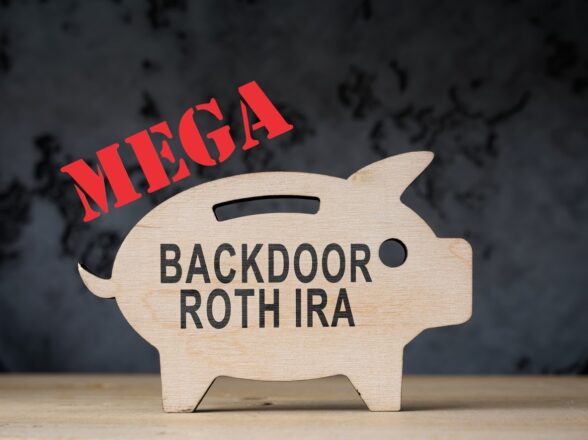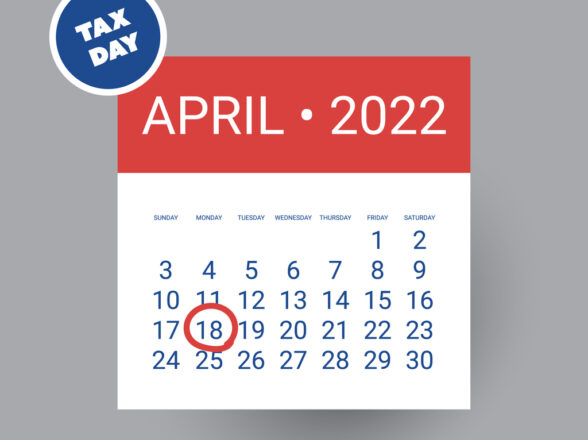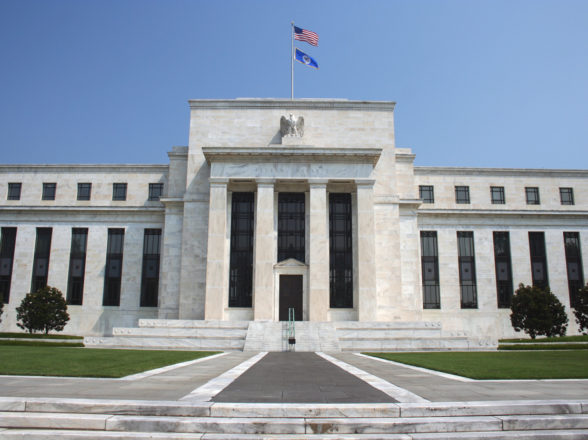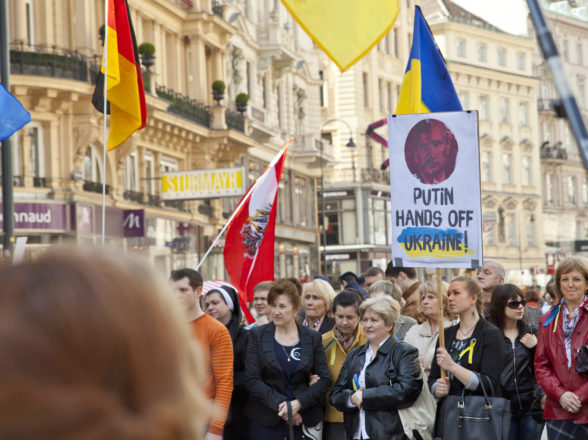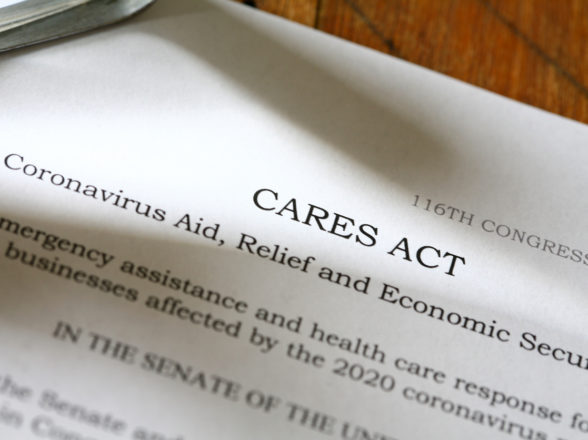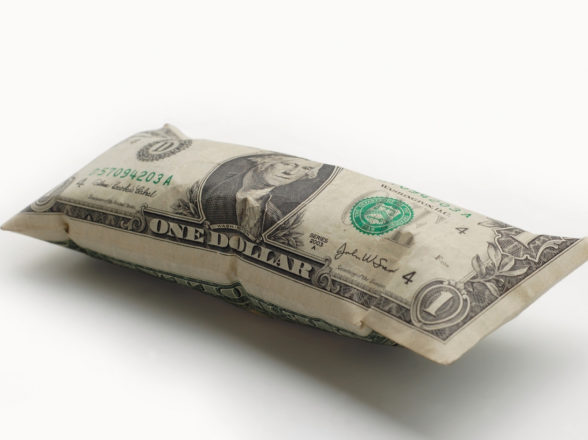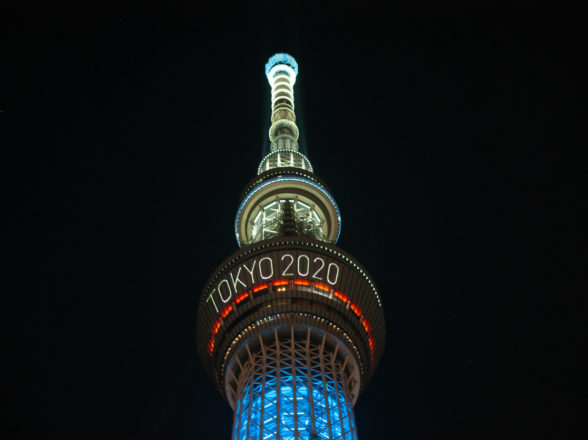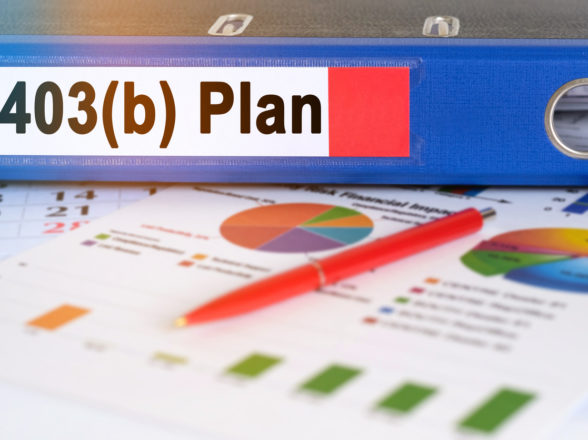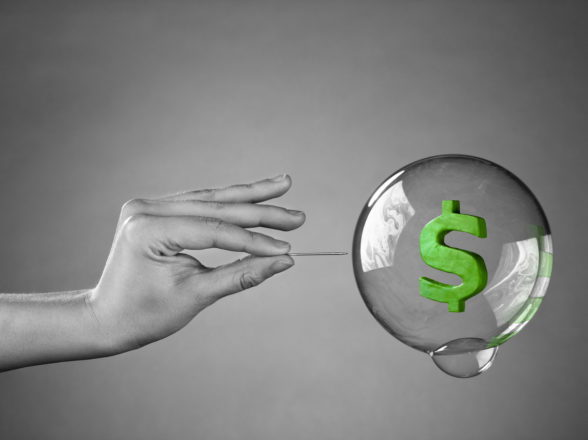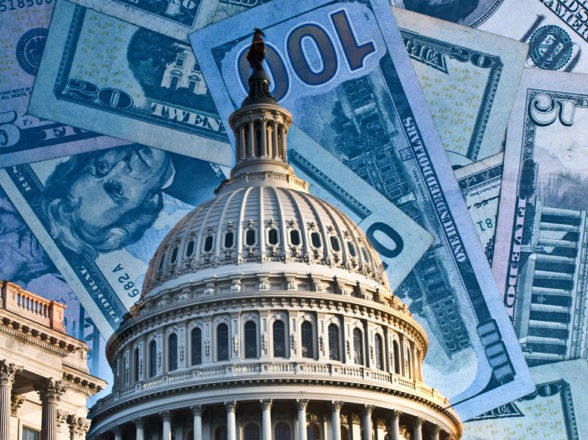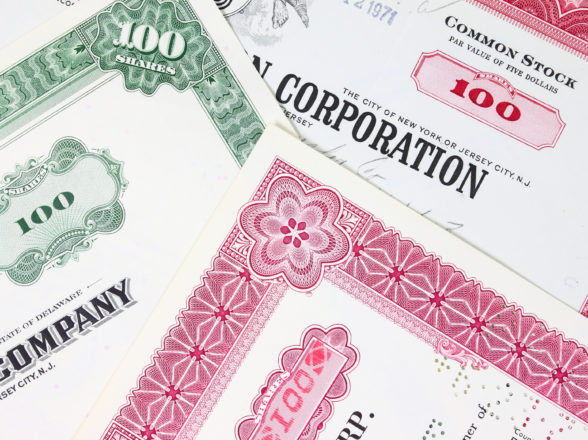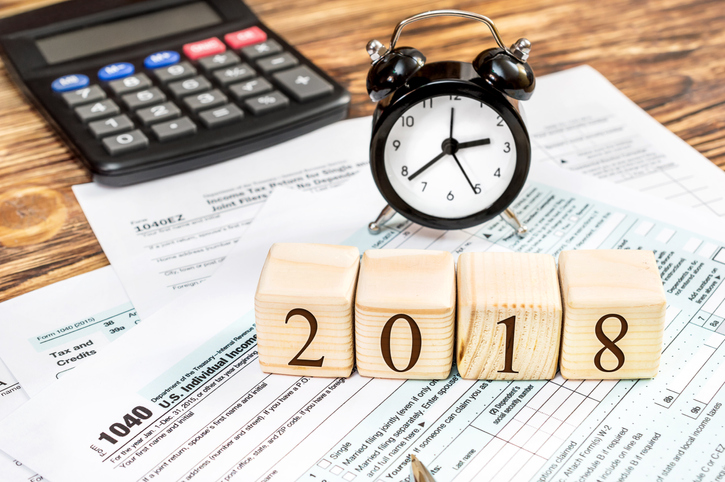Blog
The US Federal Reserve and Interest Rates: Everything You Need to Know {Part 2/2}

1. Market Perception for the Reserve
Investors are always looking at the Fed for guidance when making investment decisions. This places such an influence over crucial members of the Fed that they can influence the economy even without monetary policy.
The chair of the Fed might say that there is too much money in the economy, and they’re considering hiking rates in the near future.
That announcement alone is enough to create changes in the money markets, slow the stock exchange, and increase the purchase of government-backed securities.
Instances Where the Fed Reserve Influence the Economy
Now that you’re familiar with the various policies of the Fed, here are a few deciding moments in history where these strategies came to play:
1. Operation Twist(1961)
The federal reserve used Operation Twist for the first time in 1961. The goal of this intervention was to flatten the yield curve, promote capital inflow and strengthen the dollar.
2. Saturday Night Massacre (1979)
In the Saturday Night Massacre of October 6th, 1979, the Federal Reserve increased interest rates from 11% to 12% overnight.
3. Quantitative Easing (2008 to 2010)
In the first round of quantitative easing(Q1), the Fed pledged to buy 600 billion in agency mortgage-backed securities. This program happened between December 2008 and March 2010.
4. Zero Interest Rate Policy (2008 -2017)
Before the great recession, the interest rates were high. In fact, the recorded interest rates in August 2007 were as high as 5.25%.
The federal reserve lowered the interest rate to 0% during the great recession to increase the supply of money in the economy and incentivize lending.
5. Quantitative Easing 2 (2010- 2011)
In November 2010, the Federal reserve would undertake a second round of quantitative easing (Q2). During this time, the Fed would purchase $600 billion of longer-dated treasuries at a rate of $75b a month until June 2011.
6. Operation Twist (2011) – Reserve
The Federal Reserve ran Operation Twist again back in September 2011, the second time they premiered it in 1961.
This time, the Fed bought 400 billion of bonds with maturities of 6 to 30 years and sell bonds with maturities less than 3 years, eventually extending the average maturity of the Fed’s portfolio.
7. Quantitative Easing 3 (2012 – December 2013)
The Fed would undertake yet another round of quantitative easing (Q3) in September 2012. This time, it would buy 40 billion agency-backed securities and 45 billion of agency-backed securities. Q3 extended to December 2013.
8. The Historic Interest Rates Hike of Festive Season 2015
In December 2015, the federal reserve increased interest rates for the first time since December 2006.
9. Covid Interest Rate Cut (2020) – Reserve
The Federal Reserve committed to cutting interest rates in March 2020 to reassure markets after raising concerns about the impact of Coronavirus on the American economy.
9. 2020 Covid Bond-Buying Program
In March 2020, the Federal Reserve announced that it would buy corporate debt to calm markets and provide liquidity amid rising concerns about the pandemic.
By January 2021, the Fed had purchased $3.3 trillion worth of these bonds, increasing its balance sheet from 4.2 trillion to 7.3 trillion in the process.
When Does the Fed Reserve Raise or Lower their Rates
It’s impossible to pinpoint precisely when (or the frequency) of the Federal reserve interest policy. That said, a prediction is not necessary.
With the understanding of the Federal reserve strategy, you too can infer the actions the Federal reserve will take by looking at the economy.
Subsequently, markets don’t always bounce back instantaneously, and the impacts of the Federal reserve take time.
These are the scenarios:
1. Rising and Failing Economy
Economic growth is always a welcome phenomenon. However, an economy that grows too fast comes with its share of disadvantages.
Such an economy will overheat—a situation where supply can’t match the demand leading to inflation. In such a scenario, the federal reserve will increase interest rates to reduce inflation of prices and assets.
On the other hand, nobody wants a failing (or even stagnating) economy. Even the earliest signs of economic failure will have the federal reserve cutting interest rates. These efforts are in a bid to increase lending and the supply of money in the economy.
2. High and Low Inflation in the Reserve
An inflationary currency is a sign of too much money chasing fewer goods. In times of rising inflation, the Fed will increase interest rates to reduce the excess money in the economy.
A deflationary currency isn’t healthy for an economy either. In instances where inflation is too low, the Fed will cut interest rates to incentivize lending and spending in the economy.
3. Bull and Bear Markets
A bullish and optimistic stock market represents an excess supply of money in the economy. The federal reserve will hike its interest rate to take out any surplus money in the economy whenever this happens.
On the other end, a bearish stock market can signify impending economic doom or a recession. In such instances, money leaves the economy, and the federal reserve has to lower interest rates to increase lending and liquidity.
4. Inverted Yield Curves
A yield curve is a graph that depicts how the yields on debt instruments such as bonds vary as a function of the years they have left to maturity.
You’re probably wondering what this has to do with monetary policies. An inverted yield curve has preceded the last five recessions.
Due to its tried and tested recessionary predictions, an inverting of the yield curve will almost always cause the federal reserve to lower interest rates (or take other measures if rates are at zero).
5. Times of Uncertainty for the Reserve
Geo-political wars, natural disasters, and pandemics always create concerns regarding the future of the economy. In 2020, markets were already slowing down even before Covid left China.
The same applies to geopolitical misunderstandings like the Russia- Ukraine, North-South Korea, and the China and America conflicts.
In this case, the federal reserve lowers the interest rates to increase the supply of money in the economy and calm concerns.
Recent Inventions due to Recent Economic Crises
The Fed has come a long way from its creation back in 1913. Over the years, it has had to innovate new and effective monetary technologies to bring balance and life into the American economy.
Most of these innovations arose from the Great Recession of 2008 that forced central banks everywhere to reimagine their monetary policies. These inventions and innovations include:
1. Term Auction Facilities
The terms auction facilities are an intervention that the federal reserve created in 2007. It allowed firms to ease temporary cash crunches and provide capital to lend in the short term.
Notice the term “auction” in the name.
This fed strategy involved financial entities anonymously bidding for the interest rate they were willing to pay. By doing this, the federal reserve would be able to prioritize banks that were willing to pay the highest interest rates for these loans.
At the same time, it prevents the financial woes of banks from becoming public information which might lead to uncertainty and bank runs.
2. Quantitative Easing
Whenever the economy collapses, investors have the habit of taking money out of the economy and pouring it into more secure securities such as bonds and government-backed securities.
The first thing the Fed did when the economy collapsed in 2008 was to lower interest rates to basically zero. However, it was soon apparent that even a sub-zero interest rate wouldn’t be enough.
The Fed settled on a strategy called Quantitative Easing (QE) that was used once in Japan back in the 90s.
Quantitative easing involves the Fed going beyond buying short-term securities to buying long-term government-backed securities from financial institutions.
This has two effects on the economy—first, by buying assets from banks, it creates cash flow to financial institutions, increasing the money supply in the economy.
The second is that it decreases the supply of secure long-term securities, inflating their prices hence discouraging people from hoarding money in long-term securities.
3. Term Security Lending Facilities
Most financial institutions in America had bought large swaths of mortgage-backed securities before the 2008 recession.
Once it was discovered that these securities were inflated far beyond their worth, the balance sheets of these institutions were heavily compromised—leaving them with more liabilities than assets overnight.
Seeing that this was a disaster in the making that would further hurt the American economy, the federal reserve created the Term Security Lending Facilities.
This program enabled these financial institutions to swap their worthless CDOs with US Treasuries, rebalancing their balance sheets in the process.
Final Thoughts
Hopefully, this article helps you to understand some of the inner workings of the US Federal Reserve and how they use their influence on the markets. We don’t always agree with the moves they make, but























